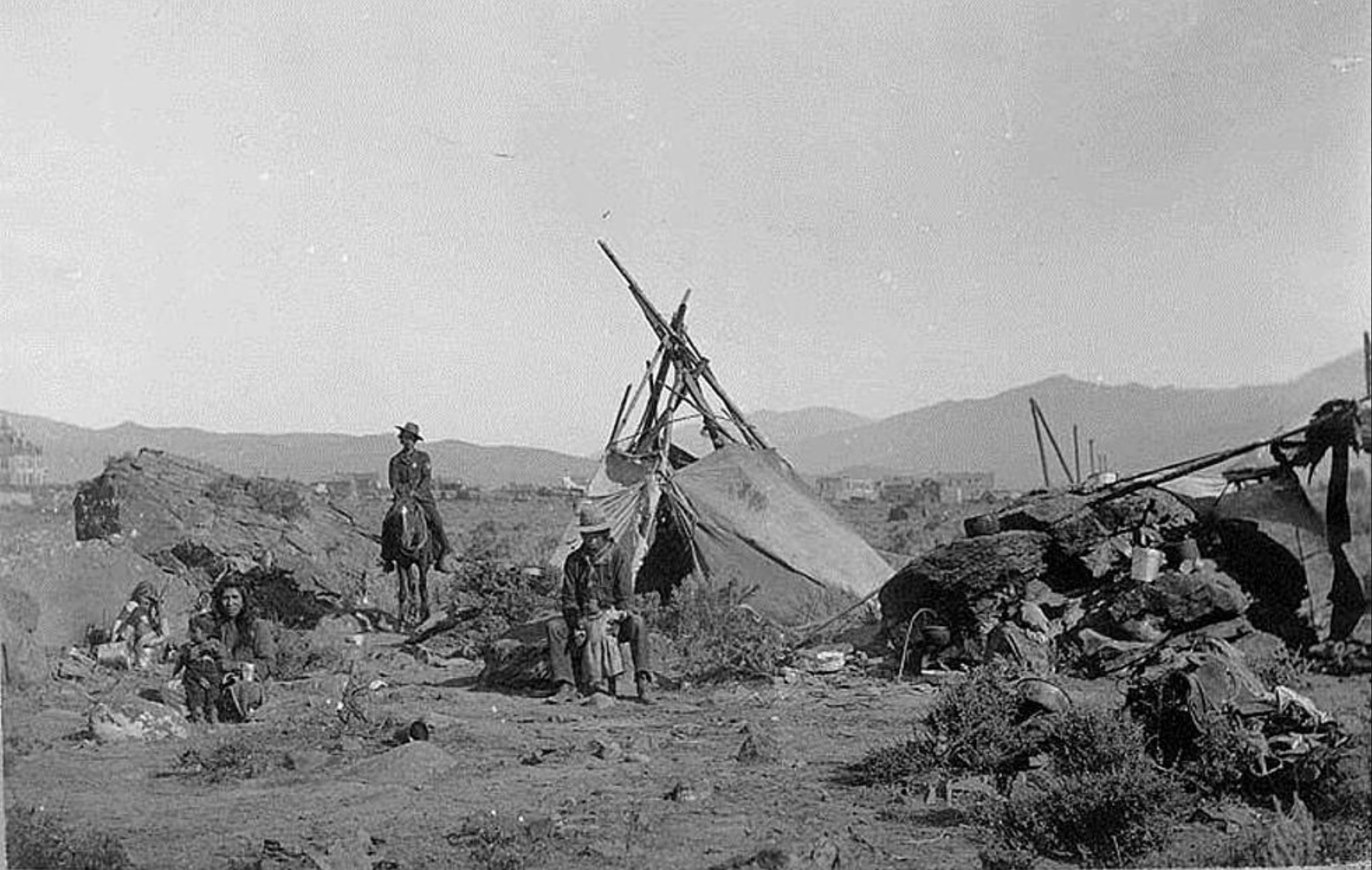mm 2465.1 Here is your first glimpse of Stevens Pass.
The story of Stevens Pass is unlike the other major passes on the PCT because natives rarely used it for east-west travel, preferring to use Cady Pass, 15 miles north, and because the goal for whites was not a wagon road but a railroad. The road was just a side-effect of building the railroad.
Stevens is similar to any Cascade pass in that its history is tied to the history of the rivers flowing east and west from it; the west-flowing Tye River (which enters the Skykomish River) and east-flowing Stevens Creek (which becomes Nason Creek and enters the Wenatchee River).
The Wenatchi (P’squosa)
The Wenatchi tribe were the original inhabitants of the area from Stevens Pass to the confluence of the Wenatchee River with the Columbia. It was a small tribe estimated to have about one or two thousand members in the mid 1800's, scattered along the Wenatchee river and its tributaries in villages of about 100-200 people. The two largest villages were at today's Leavenworth and Cashmere, approximately 400 people each. The Wenatchi spoke Salish, as did the Chelan, Entiat, and Methow to the north, but they also mingled closely with the Yakima tribe who spoke Sahaptin.
In the winter not all the Wenatchi retreated down river. Some preferred to winter higher in the mountains as proven by the discovery of the remains of numerous pit houses around Stevens Pass. These houses were designed to be completely buried under the snow in the winter.
The first half of the century the Wenatchi were trading peacefully with the whites who came to the area. In the 1840s relations grew tense for various reasons including miners who ignored treaties and mistreated native women. I'll skip the sad details and summarize that by the end of the 19th century the Wananchi’s land had been stolen from them. Most who survived the waves of disease from Europe had relocated to the Colville Reservation. By 1927 only six Wenatchi were reported to still live along the river, listed by name in the report. In 1963 reparations were made and the living descendants of the Wenatchi were paid 50 cents per acre for the 8 million acres of land taken.
The Snohomish (Sduhubs)
The Snohomish tribe were the original inhabitants of the area from Stevens Pass to Puget Sound. They are part of the Lushootseed tribal group. In the summer they would go into the mountains to pick berries and hunt but they seemed to reach Stevens Pass only on rare occasions, likely due to the steep terrain on the west side of the pass. Also, the Snohomish had a resource the Wenatchi did not; Puget Sound, which may have reduced the need to go into the mountains.
The rivers headwaters may have been visited for spiritual quests that included fasting. But there is no evidence of settlement on the west side of the pass. For the Snohomish the world is full of spirits and much of life is about the spirit power you might be receiving from the sprits that were with you at the time. (The Snohomish tribe have some wonderful legends. My favorite one explains why all the languages around the Cascades have the same word for "lift together".)
Photo description
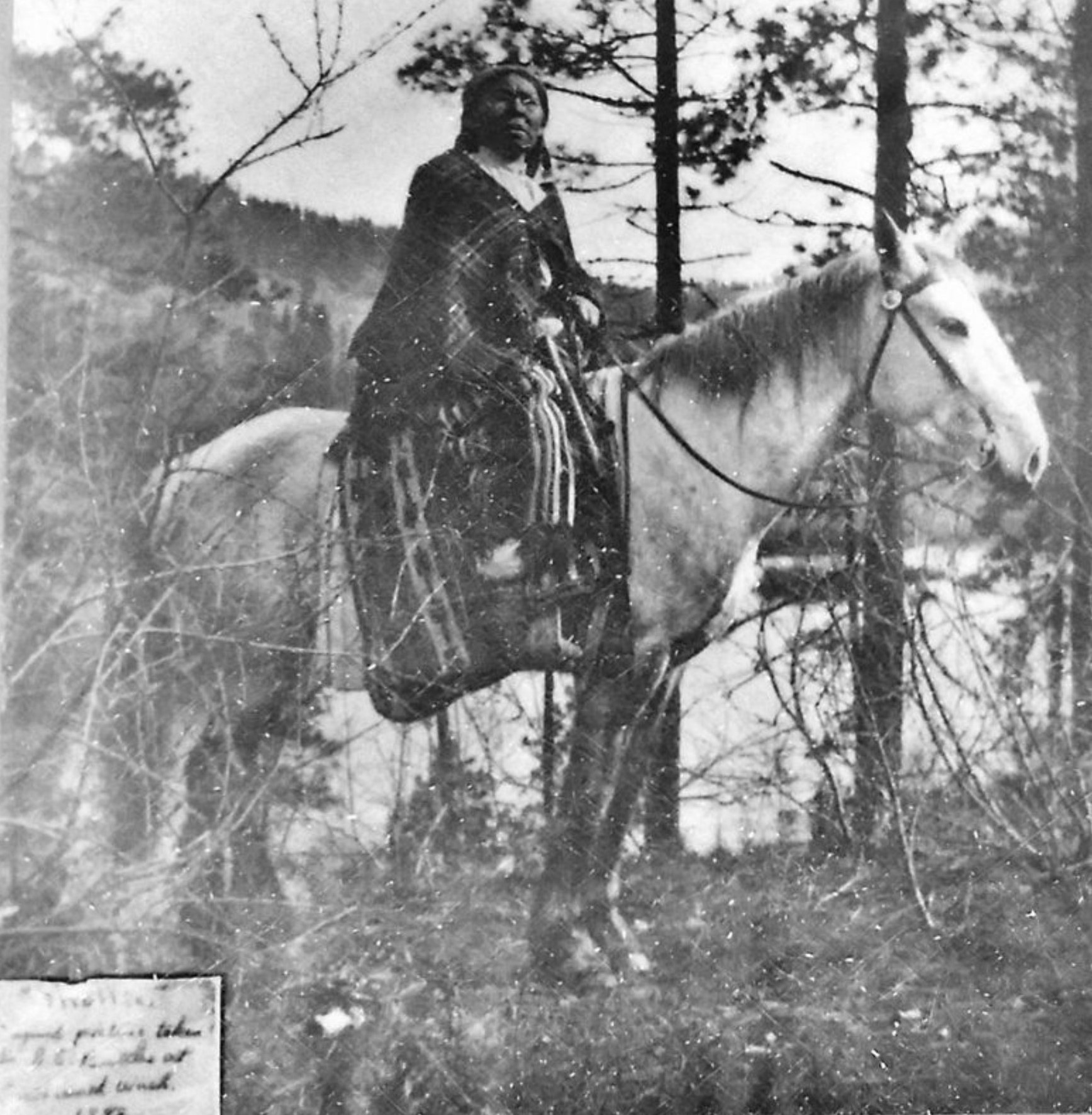
Photo description
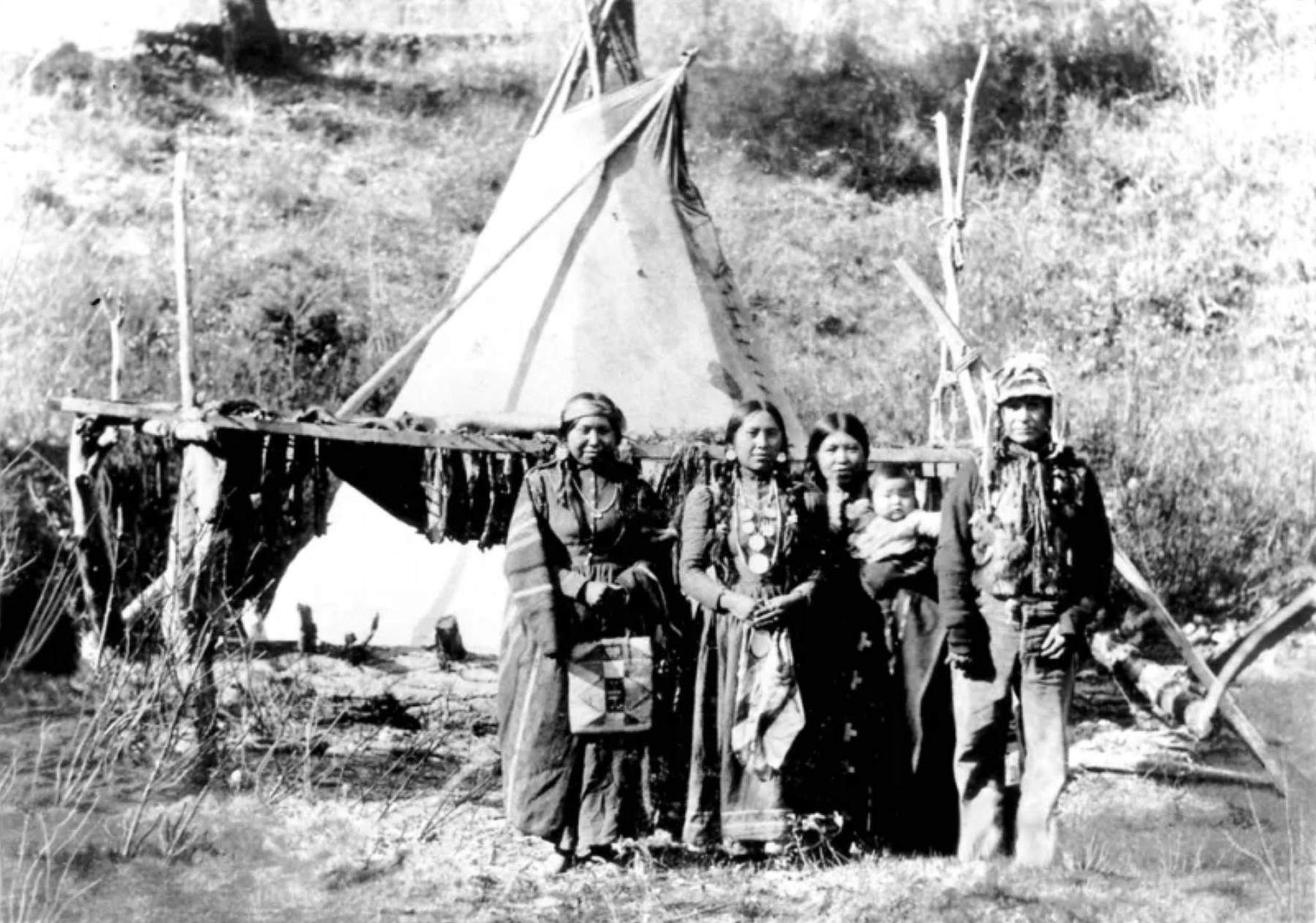
Photo description
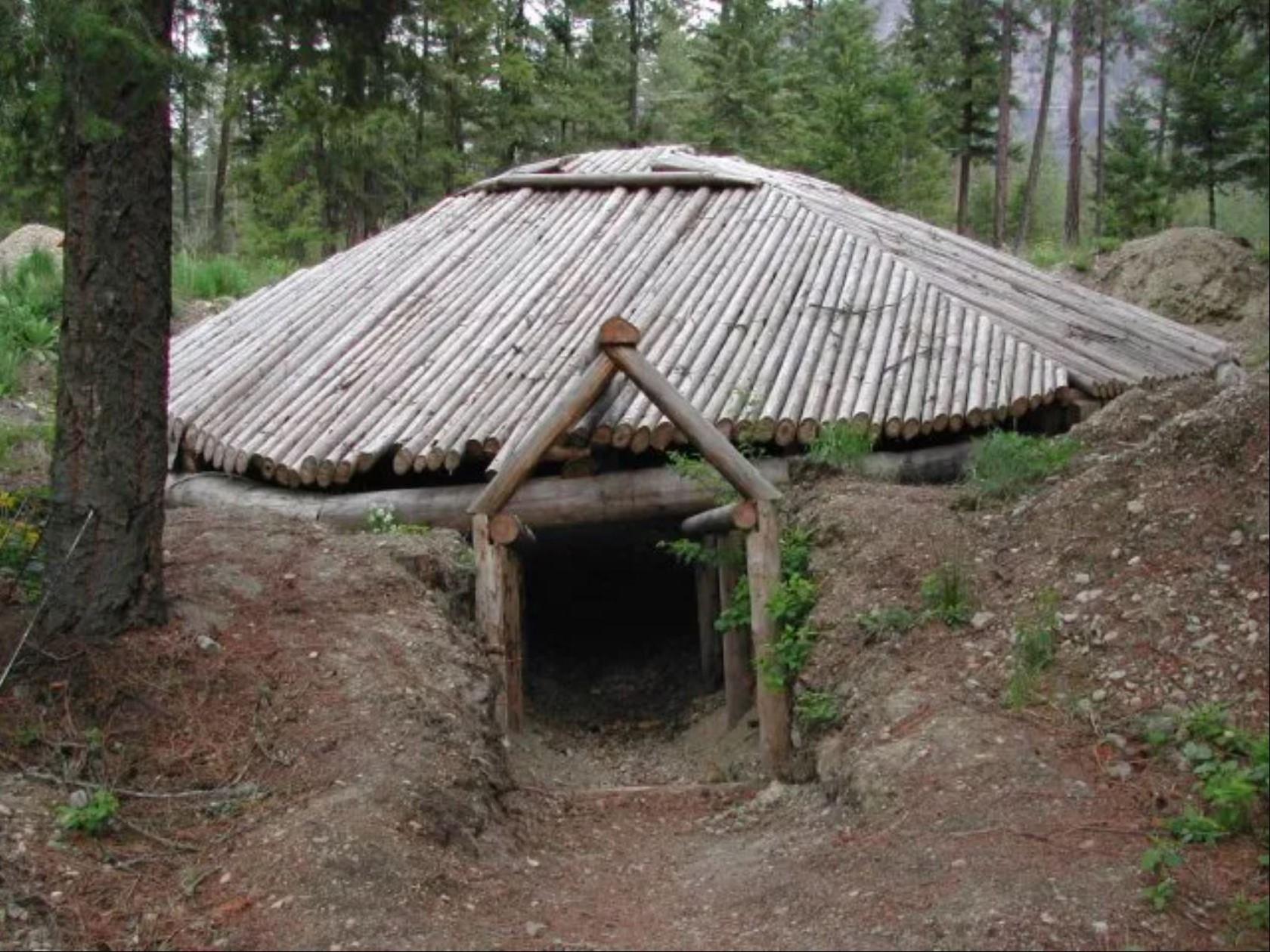
Photo description
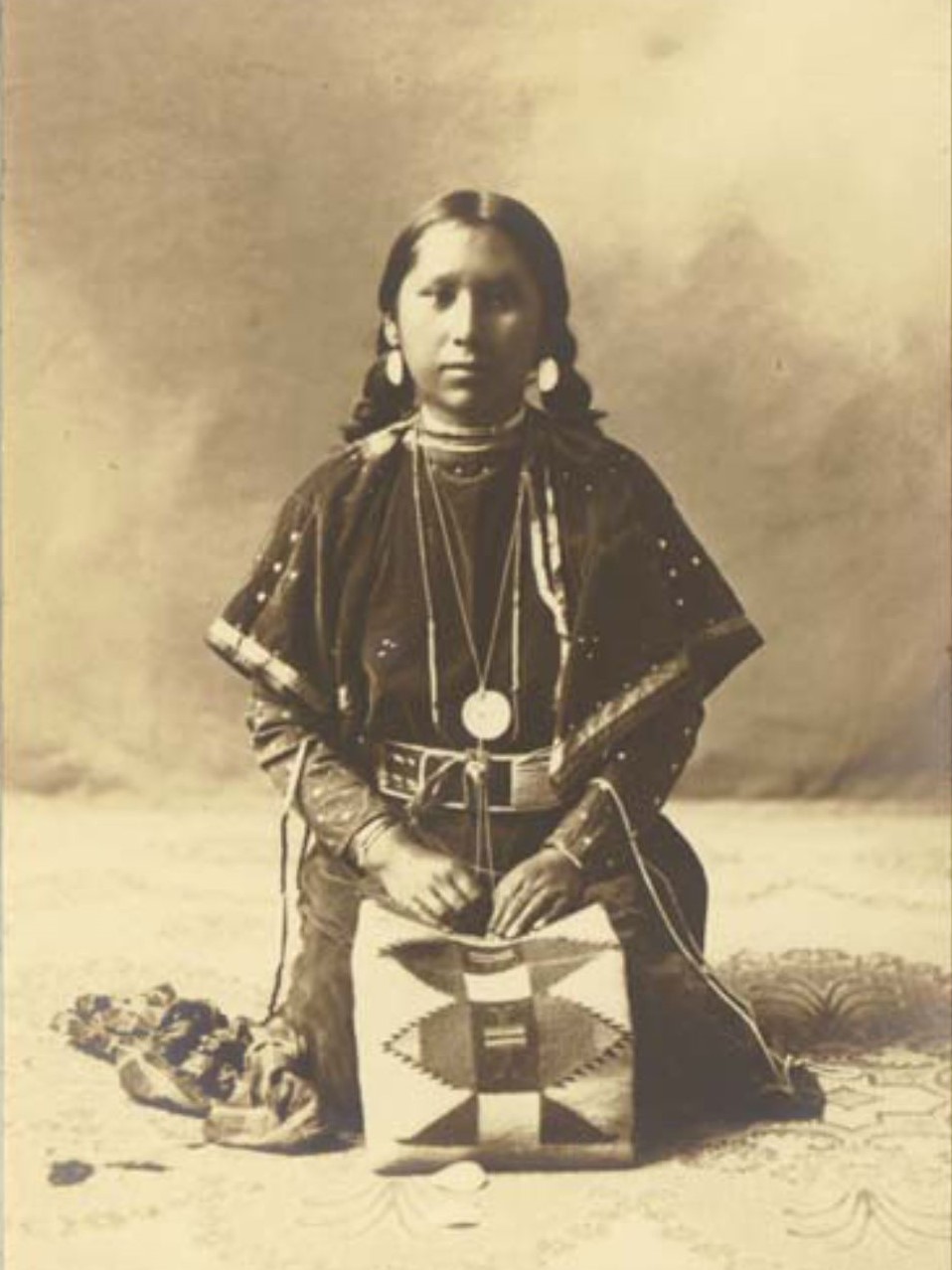
Photo description
